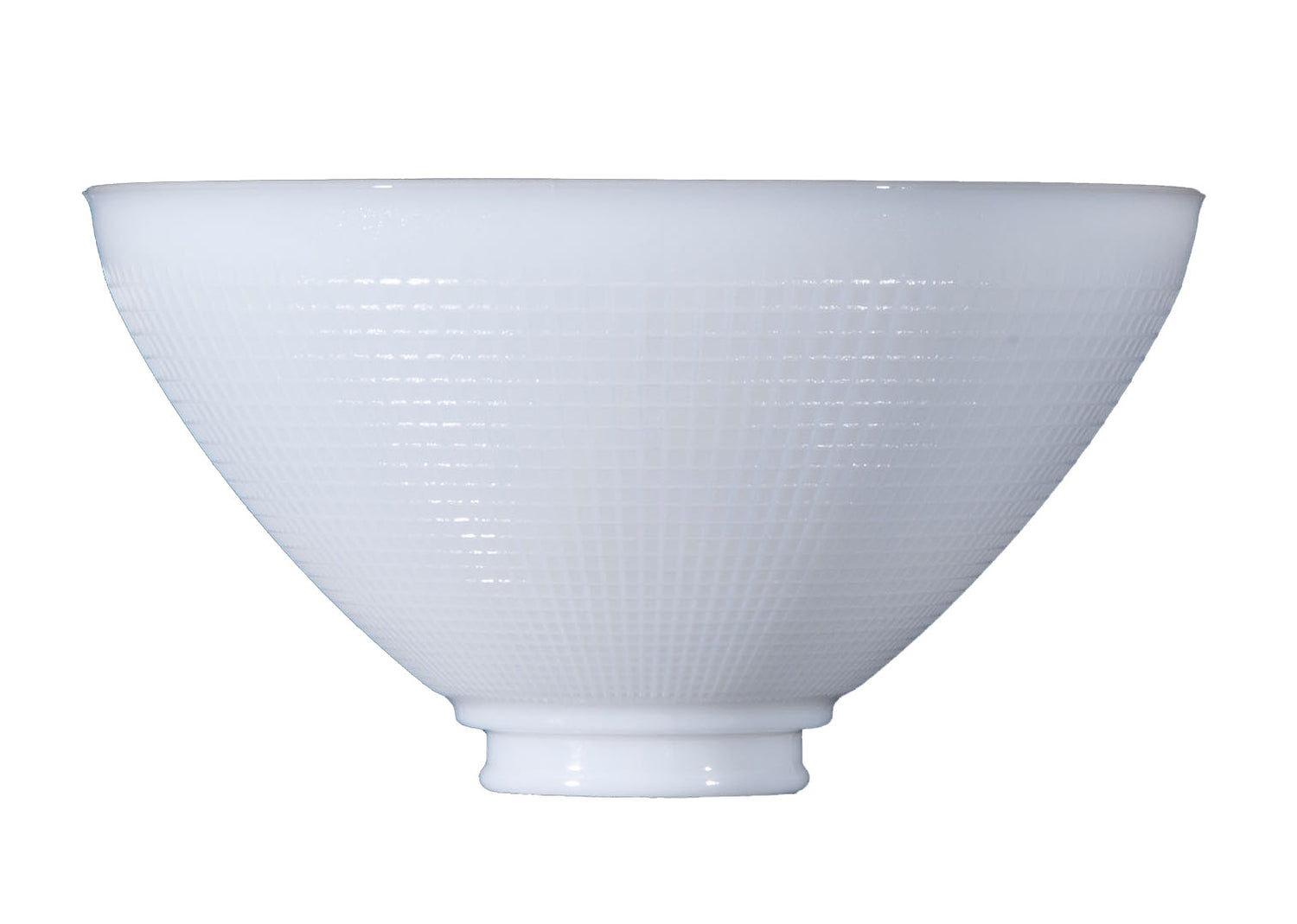Antique Lamp Replacement Parts
There's nothing more gratifying than getting a great deal on an antique light fixture, even if it needs a little fixing to get it back to its former glory. Lamp restoration can be intimidating, but we are here to help. Regardless of whether you're electrifying an oil lamp, choosing the correct socket, or replacing the shade of your vintage light fixture, this guide can save you time and energy while searching for the replacement parts you need to get the job done. Join us as we dive into the realm of antique lamp replacement parts, so you can shop with confidence and start restoring your lamp with your best foot forward.
Antique Lamp Replacement Parts
Finding the correct parts for your antique lamp doesn't have to be a painstaking process. Depending on the make and model of your light fixture, you can find all the information you need about the replacement parts required to keep the lamp in excellent working condition for years to come. We've outlined some of the most common components below.
What Kind of Lamp Do You Own?
Depending on the design of your lamp, you can easily find a wide array of parts that match or can adapt a component to meet your project requirements and expectations. Old-fashioned kerosene and oil lamps are typically comprised of burners, caps, chimneys, collars, wicks, and shade holders. Electrified lamps are comprised of rings, necks, bushing, collars, dimmer knobs, sockets, chains, bases columns, and tubes. Remember to take inventory of all the usable and working parts of your old lamp, so you can avoid spending money on parts you don't necessarily need in the long run.
Guide to Choosing Quality Hardware
Base: The base of a lamp is one of the most visible parts, but it also serves as a stable foundation for floor and table lamps. There are a wide variety of lamp bases to choose from, as well as a wide range of materials, including brass, cast iron, marble, onyx, wood, and much more.
Burner: The burner of a kerosene lamp or an oil lamp is an especially important part because the size of the burner directly affects how the lamp collar fits to the lamp. A bad burner-to-lamp fit poses a fire hazard, and it can also cause the lamp to shatter under the weight of the lampshade or chimney. Determine the correct burner size for your antique lamp by measuring the inside diameter of the collar's opening. No. 2 is the most common lamp collar size in the U.S.
Chimney: Without a well-fitting chimney, an oil lamp isn't able to draw the oxygen it requires for combustion. Oil lamp chimneys facilitate an updraft that cools the metal burner and delivers a flicker-free flame. Measure the base diameter of the oil burner, so you can ensure a perfect fit between burner and chimney. Test the fit to ensure it's snug.
Cord: There are three main types of electrical cord. SPT-1 is UL-listed for use in hanging fixtures and sconces. SPT-1 ½ is UL-listed for use in fixtures that hang by a chain. SPT-2 is UL-listed for use in portable table and floor lamps.
Harp: A lamp harp is the component that mounts below the lamp socket and supports the lampshade. Regular weight harps are commonly used in table lamps with fabric shades. Measure the overall height and subtract the fitter recess to find the right harp size length for your lampshade. You can also use a riser instead of replacing the harp.
Pipe: There are a wide variety of pipe and nipple thread sizes to choose from. ¼" pipe is common on hard tops and some finials, 3/8" pipe is common for most table lamps and regular-size fixtures, ½" pipe is often used in floor lamps, and both 5/8" and ¾" pipe are typically used on chandeliers or heavy-duty applications.
Shade: Most antique lamps feature lampshades made from fabric or glass. As a general rule of thumb, you should only select a lampshade replacement that is similar to the shape of the base. The overall top or bottom diameter of the shade is also important. Ambient lighting serves as the basis of illumination in any room, resulting in a mixture of artificial and natural lighting to create the most visibility coverage. Task lighting is ideal for any workspace or reading area that only requires light in a specific direction. Accent lighting is designed to highlight a particular focal point, such as artwork, figurines, or photographs.
Shade Holder: Shade holders come in two different styles: ring or tripod. Ring shade holders are typically designed to suit 7- to 10-inch shades, while tripod shade holders are designed to suit 4-, 6-, 7-, and 10-inch shades.
Socket: When choosing a lamp socket, you will need to pay close attention to the material, cap, shell, threading, and style. Edison-style sockets are standard and used in table lamps, ceiling fixtures, floor lamps, and chandeliers. There are also candelabra, intermediate, French, and Mogul sockets to choose from. You can adapt an unfavorable socket, so it can accept another bulb size. Styles include keyless, turn knob, push-through, pull change, dimmer, and more.
Wick: If the wick in your kerosene lamp is worn or has burned away, try measuring its width before discarding it. Most wicks are pre-cut to eight-inches-long, but the wick will dry out and extinguish itself if it can't reach the fuel in a lamp's oil font. Without a wick, you can measure the wick channel of your burner to determine the right size wick.
Antique Lamp Supply has been in the lighting business for more than 60 years, and we are committed to helping our customers in every way we can. We know just how intimidating antique lamp restoration can be, but our experiences in lamp repair and retrofitting give us the unique capability to serve your needs. If you have any questions about this article or would like to learn more about our selection of antique lamp replacement parts, please contact us today to receive expert assistance from a member of our customer service team.

